Moving west from Nairobi towards Masai Mara, there’s a sudden descent into the Great Rift Valley. I had no idea it was there. The rifts I knew about [places where the earth’s techtonic plates are moving away from each other] are in the mid-Atlantic and mid-Pacific Oceans. But there’s a huge one that starts in Jordan, goes down the Red Sea, and continues down through East Africa. It separates the Highlands from the Plains that lie along the wide floor of the valley [including Masai Mara in Kenya and the Serengeti in Tanzania].
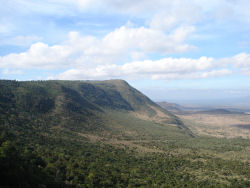
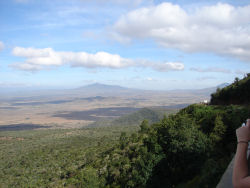
There’s nothing subtle about the Great Rift. It’s a steep drop down into the arid, barren valley with the occasional dormant/extinct volcano and scattered lava rocks. These Plains are the home of the Nylock ethnic group, primarily Maasai [speakers of the language Maa]. It also contains the Olduvai Gorge, site of the biggest discoveries of "missing link" fossils, and the excavations of Paleontologists Louis and Mary Leakey.
The paved road out of Nairobi was built by Italian Prisoners of War during World War II and is still maintained by the Italian government [reparation]. But on the valley floor, we turned onto a dirt [and dust] road that was under construction [by an Italian firm]. By any other standard, this road would be declared impassable, but "This is Africa." At the edge if the valley, there were odd cactus trees [Euphorbia]. We were assured they were "useless." But soon, all the trees were Acacia – the ones seen in every African lanscape photo or painting.
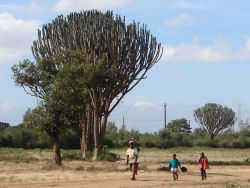
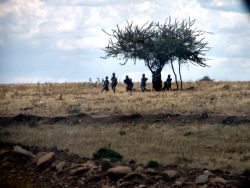
The only sights along the way were the Maasai herders, driving their cattle to a watering facility [it’s the dry season],

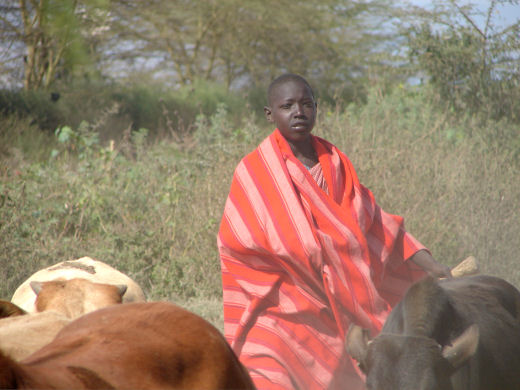
and the small settlements and cattle along the way.
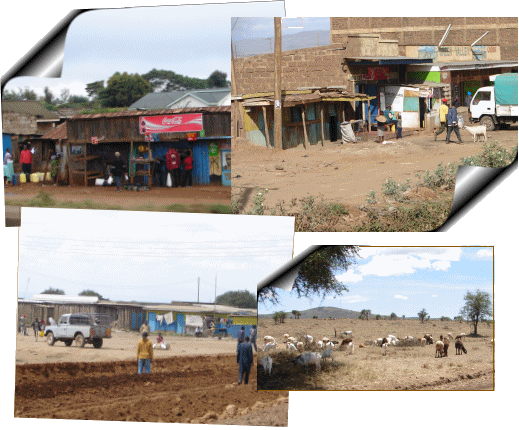
Sorry, the comment form is closed at this time.